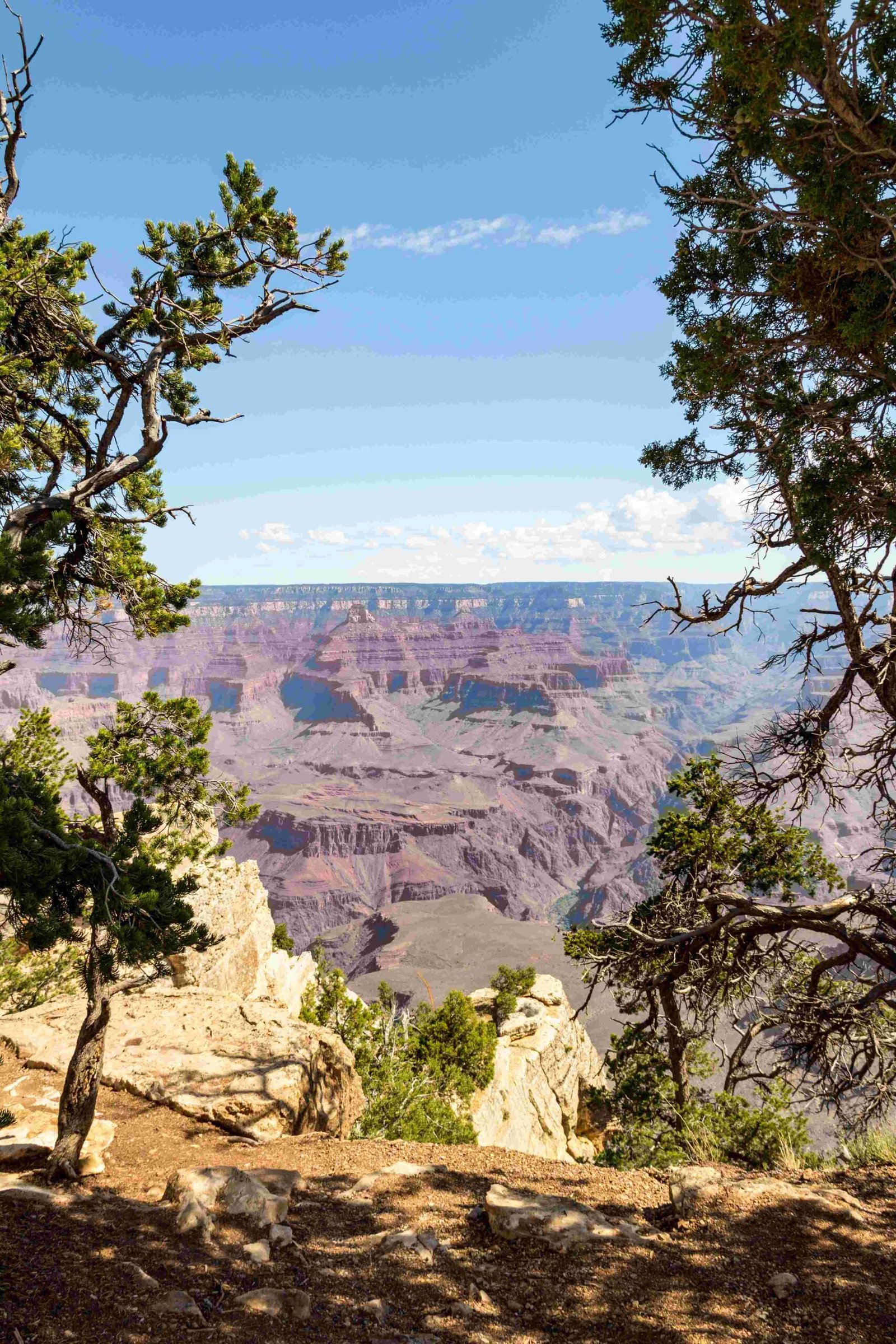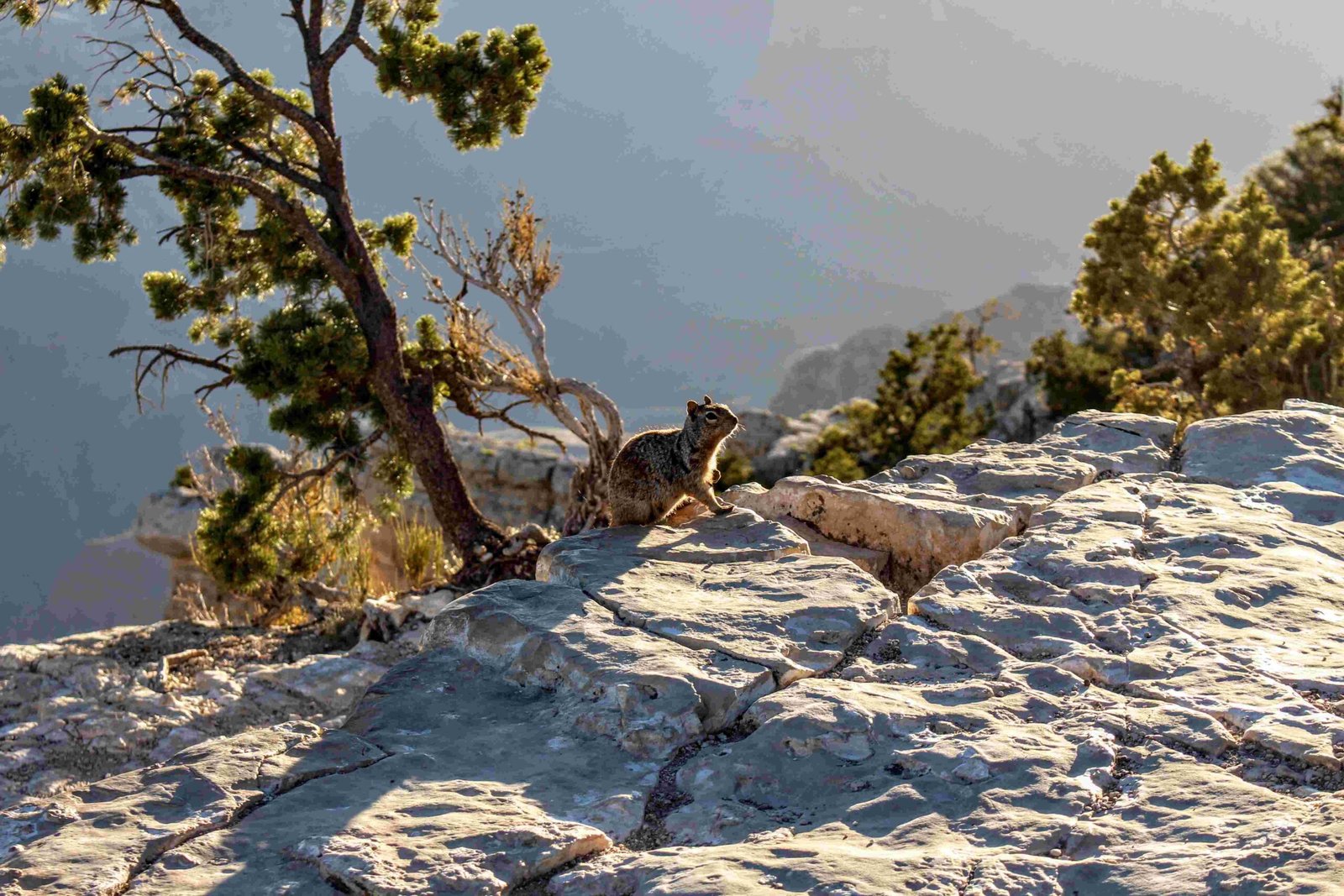The Grand Canyon Skywalk enforces a strict no-camera policy designed to protect its sophisticated glass engineering and ensure visitor safety. This unique architectural marvel, suspended 4,000 feet above the canyon floor, requires meticulous preservation, making personal photography impossible to prevent potential damage, scratching, or accidental drops that could compromise the structure’s integrity and visitor experience.
What Makes Camera Restrictions Necessary?

Why Does Glass Protection Matter?
The Skywalk’s glass surface represents an extraordinary engineering achievement, constructed from:
| Component | Specification |
|---|---|
| Glass Panels | 46 total panels |
| Individual Panel Weight | 1,800 pounds each |
| Total Steel Structure | 1.2 million pounds |
Safety Considerations for Camera Restrictions
Potential risks associated with personal cameras include:
- Scratching delicate glass surfaces
- Potential dropping of electronic devices
- Compromising structural weight distribution
- Increasing maintenance and repair costs
How Do Professional Photography Services Compensate?
To address visitor memory-capturing needs, the Skywalk offers professional photography services:
- Dedicated photographers stationed on the walkway
- High-quality digital and printed photo options
- Prices ranging from $17 to $69 per photo package
- Comprehensive coverage of visitor experiences
What Are the Structural Engineering Implications?
The Skywalk’s design allows for remarkable load-bearing capabilities:
- Supports up to 71 million pounds
- Withstands magnitude 8 earthquake forces
- Maximum occupancy limited to 120 people
- Engineered for extreme environmental conditions
What Visitor Preparation Steps Are Required?
Visitors must:
– Store personal items in complimentary lockers
– Follow strict no-belongings policy
– Wear provided shoe covers
– Adhere to safety guidelines
How Do Alternative Photography Options Work?
While personal cameras are prohibited, visitors can:
– Purchase professional photographs
– Use digital capture services
– Enjoy guided photography experiences
– Capture surrounding canyon views from designated areas
What Technical Challenges Exist?
The glass walkway presents unique photographic challenges:
– Extreme reflectivity
– Complex lighting conditions
– Potential structural vibration
– Need for specialized photographic equipment
Why Prioritize Structural Integrity?
The Skywalk represents a $30 million investment requiring:
– Continuous maintenance
– Precise engineering
– Minimal external interference
– Maximum visitor safety protocols
What Economic Factors Influence the Policy?
Camera restrictions also serve economic purposes:
– Reduce potential repair costs
– Maintain premium visitor experience
– Generate revenue through professional photography
– Protect significant tourism infrastructure investment
Conclusion

The camera prohibition on Grand Canyon Skywalk represents a carefully considered strategy balancing visitor experience, structural protection, and safety management. By implementing professional photography services and strict guidelines, the attraction ensures an unparalleled, secure, and memorable experience for all guests.
Expert Recommendations
- Always check current guidelines before visiting
- Understand safety protocols
- Appreciate the engineering marvel
- Enjoy professional photography options
Reference:
– Grand Canyon Skywalk Official Website
– National Park Service Guidelines
– Visitor Safety Resources

